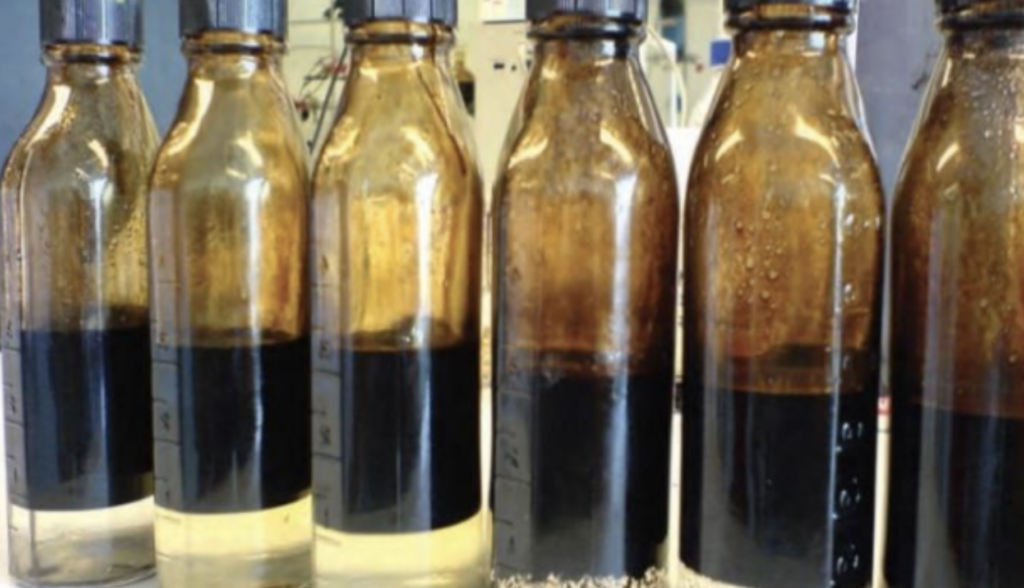
As crude oil is produced from a reservoir it tends to become mixed with either natural formation water or mixed formation and injection water. This produced mixture of crude oil and water is termed an oil and water emulsion. It is critical that the crude oil is efficiently and quickly separated from the water to allow dry oil to be exported and clean water to be discharged within consent, thus maximizing crude oil value and minimizing operating costs.
Typically the emulsions formed are water in oil with the continuous phase being oil and the dispersed phase being water. But with depleting oil resources it is becoming more and more common to find oil in water emulsions. The severity of the emulsion formed and thus the ease at which it can be broken is dependent on many factors including:
- physical and chemical properties of the crude oil
- production temperature
- distance between reservoir and topsides
- degree of agitation experienced between reservoir and separator, turbulent flow
- presence of solids (sand, clay, bacteria, scale, asphaltenes, corrosion product, napthenates) and / or natural surfactants which act to stabilize the emulsion
The most common method of breaking emulsions is with the use of demulsifying / desalting chemicals. Demulsifying / desalting chemicals tend to act on the emulsion by:
- flocculation of the oil droplets
- dropping of the water
- coalescence of the water droplets
The speed and efficiency at which this occurs can be improved by process equipment design and operating conditions e.g. increasing the temperature, separator design etc.
Demulsifier Selection and Application
Demulsifiers are generally injected on a continuous basis upstream of the 1st stage production separator but in certain circumstances they can be injected subsea. Demulsifier selection is best performed on live crude oil thus the selection process must be performed in the field and is generally performed using the “bottle test” method. Using this method numerous base chemicals can be tested on fresh emulsions and at the exact operating conditions thus a product can be formulated which is specific to the field and the emulsion. As field conditions change over its lifetime it is essential to optimise demulsifier performance on a regular basis.
RAKHARA’s Demulsifier Range – RCT 5700 Series
RAKHARA’s range of demulsifiers RCT 5700 series consist mainly of complex blends of various intermediates formulated to produce a definitive finished product tailored made to aid the separation of crude oil and produced water at the best optimum dose.
The demulsifier bottle test for product selection is performed by our experienced engineers and is designed around the dynamics of the fluids passing through the separation system. A wide selection of demulsifier chemistries are screened, both on their own right and in blends. Where possible RAKHARA will screen more environmentally benign demulsifier bases as and when they come available.

